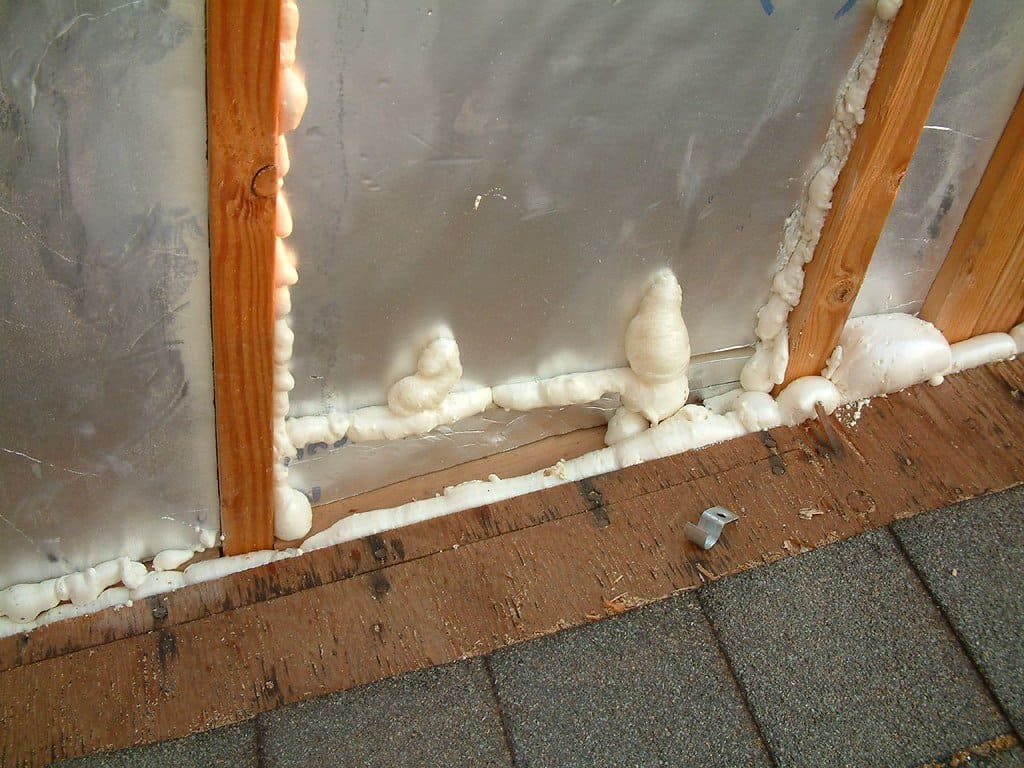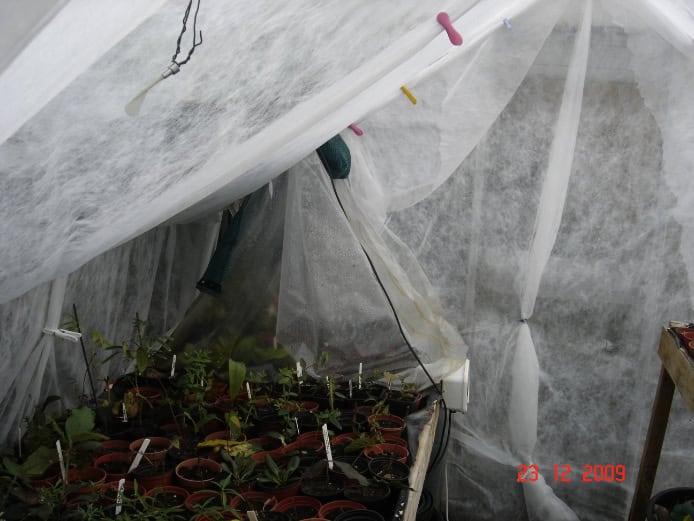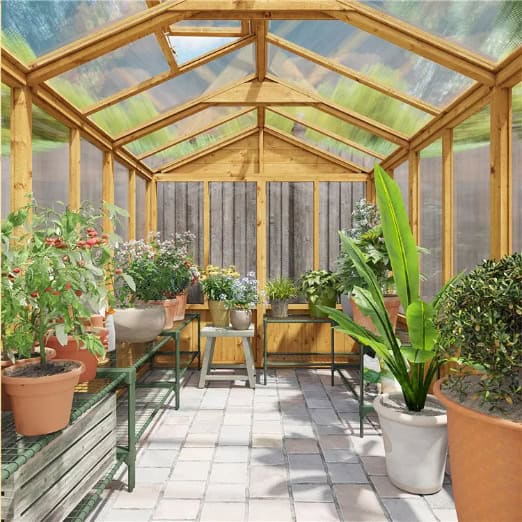Jump to:
A greenhouse is designed to provide the right environment for plants to thrive all year. In winter, though, it may need extra warmth to maintain these conditions. Heating it doesn’t have to cost the earth; there are low-cost alternatives that work well. And sometimes, it’s as simple as sealing gaps and leaks to trap heat inside.
Here’s a list of methods and techniques to help keep your greenhouse running through the colder months:
Fix Heat Leaks

Small cracks and holes are often overlooked because they seem minimal. Truth is, they can widen into gaps, resulting in heat loss in the greenhouse. That’s where sealing comes in.
Silicone caulking works best for smaller, more precise gaps, while a camper seal is great for larger or uneven surfaces. Spray foam is another solid option, especially when other methods don’t do the job.
Gaps and leaks are a common case for units with standard glass panels, often caused by weather changes, impacts, or ageing. They can appear around the frame joints, vents, flooring, and doors or windows—so pay attention to these areas!
Use Insulation Blankets
Using insulation blankets to cover the greenhouse is a cost-effective way to reduce heat loss. How it works is simple but effective: as the name suggests, the blanket cloaks the structure, adding an extra layer of warmth. This, in turn, improves heat retention. Just drape it over or attach it to the frame, particularly at night when temperatures drop.
You can buy specialised insulation blankets for greenhouses at local garden stores or online. Or, you can take the DIY route and use thick fabric from home. Make sure it’s wide enough to cover the roof and walls, then remove it during the day to let in sunlight.
Note: A single-wall polycarbonate greenhouse can benefit from insulation blankets, as it provide less thermal resistance compared to double-wall options.
Cover Plants with Fleece

(Image Credit: Wikimedia Commons)
Frost is the ultimate enemy of tender plants during winter, but fleece has got them covered! On very cold nights, place a layer or two of horticultural fleece over your plants to protect them without having to crank up the heating. It’s lightweight and breathable, so sunlight and moisture can still pass through during the day. However, it’s best to remove the cover by day to ensure your plants get enough light and ventilation unless frost is imminent.
Invest in a Heating System
Electrical heating devices, such as fan heaters or heating mats, are the safest options. Even better, with the added perk of releasing no extra moisture into the air. This means they don’t increase humidity, keeping the air dry and reducing the risk of mould or mildew.
The initial purchase might be a bit pricey, but it’s a smart long-term solution, thanks to their efficiency and low maintenance needs. And they may be inexpensive to run, so avoid always leaving them on. Use them on the coldest days to keep energy bills in check!
Note: Heat sources may be needed throughout the year, not just in winter. Assess your plants’ heating requirements as needed.
Let the Sunshine In

Make the most of the sunlight by keeping your greenhouse cover-free to soak up as much as possible. Through this natural heat, it may even reduce the need for electrical heaters!
The location plays a role here—ideally, the structure should be free from shade from trees or buildings. The greenhouse material matters, too. For instance, a wooden greenhouse or metal greenhouse with polycarbonate twin-glazing windows can allow sunlight to pass through.
Read this guide to learn more: How to Position Your Greenhouse: Choosing the Best Spot
Round-up
Keeping your greenhouse warm is key to ensuring your plants survive the winter. We hope these tips help you find a solution that works for your needs without breaking the bank!
While you’re here, have a look at our greenhouses for sale, available with polycarbonate and styrene glazing. These materials are stronger and have better crack resistance than standard glass.





